Author: Marshall Schott
The year before my wife and I got married, we took a 5 week trip to Europe that started in Riga, Latvia, where my wife’s family is from. We had the good fortune to be able to stay at her aunt and uncle’s home, as they happened to be living in a suburb of Riga at the time, and we paired our warm evening conversations with tasty local beer. When we informed Uncle Eriks that we’d be spending time in Bavaria, he implored me to drink as much fresh “white beer” as I could find, explaining it was one of his favorite German offerings.
I was 22 years-old at the time and had started brewing a few months earlier, so vaguely aware that the style my wife’s uncle was raving about was Bavarian Hefeweizen, which these days is more commonly known as Weissbier. As a resident of the Pacific Northwest, most references to Hefeweizen were in regards to the cleaner American versions produced by the likes of Widmer Brothers and Pyramid Brewing. As I bounced between German pubs and biergartens doing as instructed, I quickly learned that Weissbier is quite a bit different than the wheat-laden ale I was used to. The BJCP provides the following description of this historic style:
A pale, refreshing German wheat beer with high carbonation, dry finish, a fluffy mouthfeel, and a distinctive banana-and-clove yeast character.
Upon returning to Bellingham, WA, I discovered the local grocery store stocked a few of the ones I enjoyed while in Bavaria, so I loaded up with plans to share them with my roommate/brewing partner. He wasn’t much of a fan, so I ended crushing them all myself… suffice to say, it wasn’t a pretty night, and sadly, my love affair with Weissbier came to a screeching halt. In the 18 years since that experience, I’ve sampled a handful of friends’ homemade versions, but haven’t consumed more than maybe a pint altogether, and I’ve never made this style myself. However, committed to brewing every style possible using Short & Shoddy methods, I figured it was high time to get it out of the way.
| BREWING THE BEER |
Having never made a Weissbier before, I relied on random recipes found on the internet as well as the BJCP style guidelines in developing this recipe.
Short & Shoddy Weissbier
Recipe Details
| Batch Size | Boil Time | IBU | SRM | Est. OG | Est. FG | ABV |
|---|---|---|---|---|---|---|
| 5.5 gal | 30 min | 12.2 | 4.2 SRM | 1.05 | 1.01 | 5.25 % |
| Actuals | 1.05 | 1.01 | 5.25 % | |||
Fermentables
| Name | Amount | % |
|---|---|---|
| Pelton: Pilsner-style Barley Malt | 5.25 lbs | 50 |
| Shaniko: White Wheat Malt | 5.25 lbs | 50 |
Hops
| Name | Amount | Time | Use | Form | Alpha % |
|---|---|---|---|---|---|
| Magnum | 9 g | 30 min | Boil | Pellet | 12 |
| Saphir | 15 g | 15 min | Boil | Pellet | 3.2 |
Yeast
| Name | Lab | Attenuation | Temperature |
|---|---|---|---|
| Stefon (G01) | Imperial Yeast | 77% | 32°F - 32°F |
Notes
| Water Profile: filtered Fresno water dosed with unmeasured amounts of gypsum and CaCl |
Download
| Download this recipe's BeerXML file |
I began collecting the full volume of filtered water at 12:22 PM
Wanting to accentuate the “fluffy moutheel” this style is noted as having in the BJCP guidelines, I added both gypsum and calcium chloride in amounts I felt would result in a balanced profile.
As the water was heating up, I weighed out and milled the grain.
When the water was properly heated, I stirred in the grist then checked to make sure it was at my target mash temperature.
I gave the mash a good stir every time I walked by it.
Once the brief 30 minute mash rest was complete, I removed the grains and let them drip to reach the target pre-boil gravity while the wort was heating up.
Next, I prepared the kettle hop additions.
The wort was boiled for just 25 minutes before it was quickly chilled with my IC.
A refractometer reading showed the wort was at 1.050 OG, for a brewhouse efficiency of 70%.
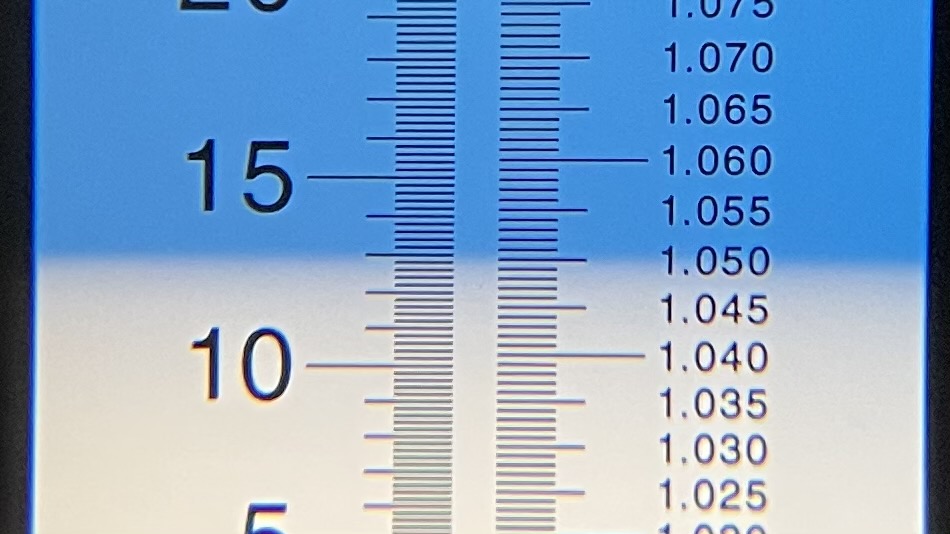
I then transferred the wort to my FermTank.
With the wort sitting at 70˚F/21˚C, I direct pitched a pouch of Imperial Yeast G01 Stefon that was over 7 months old.
At this point, I set my glycol chiller to keep the beer at 66°F/19°C then connected it to my CO2 capture rig. The time was at 2:27 PM for a total brew day time of 2 hours and 5 minutes.
By the following morning, there were no noticeable signs of fermentation, which I chalked up to the yeast’s age. There was some activity later that evening as evidenced by sanitizer being pushed out of the first keg into the second, and things were looking pretty normal by day 3. However, while I intended to keep the fermentation temperature at 66°F/19°C, we had a bit of a cold spell and the beer fermented closer to 60°F/15°C for much of the time. Regardless, after a full week, I took a hydrometer measurement showing FG had been reached.
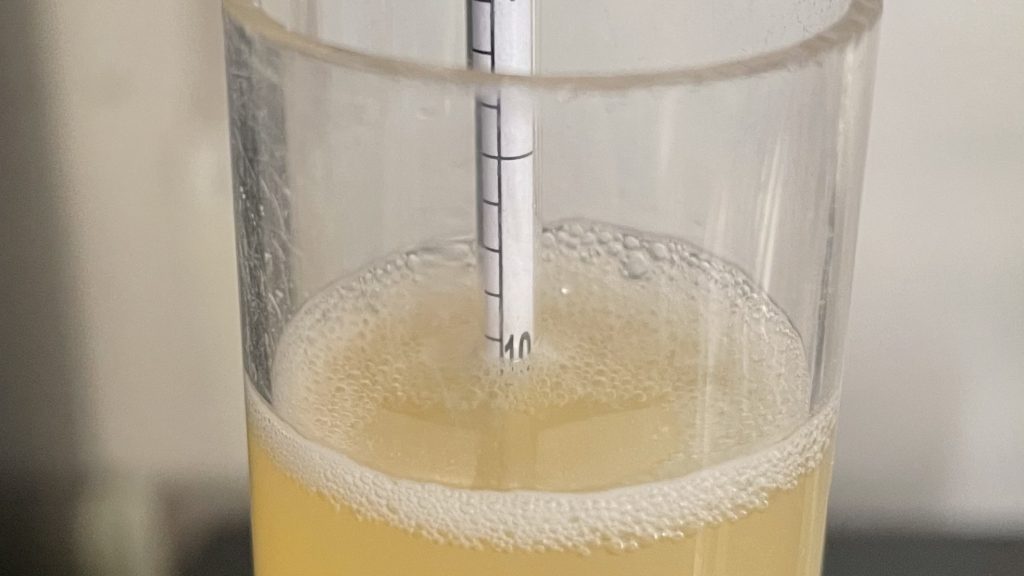
Detecting no off-flavors in the sample, I set my glycol chiller to 34°F/1°C for cold crashing then used the cleanout valve on my Delta FermTank to dump a good portion of the trub… because… why not?
I left the beer alone for 3 more days before I found the time to pressure transfer it to the naturally purged keg, which was placed in my kegerator and burst carbonated at 50 psi for 13 hours before I reduced the gas to serving pressure. After 2 days of cold conditioning, it was ready to serve to tasters for evaluation.
| RESULTS |
A total of 12 people of various levels of experience participated in this Short & Shoddy evaluation. Participants were informed of the specific beer style and provided the BJCP description prior to completing the survey. Tasters were then instructed to rate how hoppy, malty, and dry they perceived the beer to be on a 0-5 scale where a rating of 0 indicated “not at all” and 5 indicated “extremely.”
Tasters were provided a list of common hop, malt, and yeast characteristics then instructed to select from each the one they perceived as being most prominent in the beer.
Hop Characteristics
Malt Characteristics
Yeast Characteristics
Next, participants were asked to indicate whether or not they detected any off-flavors in the beer; those who did were provided a list of common off-flavors and instructed to select the one they perceived as being strongest. Not a single person identified this beer as possessing any off-flavors.
Tasters were then asked to rate how well the beer represented the intended style, based on the provided BJCP description, on a 0-5 scale where 0 meant “not at all” and 5 meant “exactly.”
Finally, tasters were asked to rate how much they enjoyed the beer on a 0-5 scale where 0 indicated they hated it and 5 indicated they loved it.
My Impressions: Ever since my overindulgence of Weissbier soon after coming home from Germany in 2003, I’ve tended to avoid the style and developed a bit of a distaste for beers with a lot of fermentation character. This Short & Shoddy Weissbier certainly possessed the qualities I expect in the style, though I wasn’t repulsed by it, in fact I found this beer to be quite refreshing and easy to drink.
| CONCLUSION |
The most popular styles these days tend to be heavily hop-focused and are often fermented with yeast strains that either accentuate fruity hop character or are so clean as to get out of the way. Such is not the case at all for Weissbier, which is known for being minimally hopped and possessing ample fermentation character including banana esters and spicy phenols.
Overall, taster ratings on this Short & Shoddy Weissbier seemed to align nicely with the BJCP style description—low spicy and floral hop notes, moderate cracker/bread crust malt flavor, and yeast character marked by esters and phenols. Despite the various corners cut during the brewing process, no tasters indicated perceiving any off-flavors, in fact most felt it was a good representation of the style and enjoyed drinking it.
This is the first straight-up Weissbier I’ve ever brewed, so I have very little personal experience to go on here, but I’ve heard that when using strains like Imperial Yeast G01 Stefon, cooler fermentation temperatures promote phenol development while warmer temperatures push more esters. I perceived both in this Short & Shoddy Weissbier, but I definitely got more clove than banana, which also seemed to be the case for the tasters. I abhor artificial banana flavor and the fact I enjoyed this beer so much made wonder if perhaps that’s what I’ve been so avoidant of over the years. I’m not saying this was the best beer I’ve ever made, I’ve no plans to start brewing it all the time, but it was unquestionably better than I expected, which I’m compelled to believe was due to the balance that came from fermenting it on the cooler end of the spectrum. I’m pleased to say that what I thought would likely end up getting dumped down the drain ended up being refreshingly pleasant enough to drink by the pint.
If you have thoughts about this Short & Shoddy brew, please feel free to share it in the comments section below!
Support Brülosophy In Style!
All designs are available in various colors and sizes on Amazon!
Follow Brülosophy on:
FACEBOOK | TWITTER | INSTAGRAM
If you enjoy this stuff and feel compelled to support Brulosophy.com, please check out the Support page for details on how you can very easily do so. Thanks!


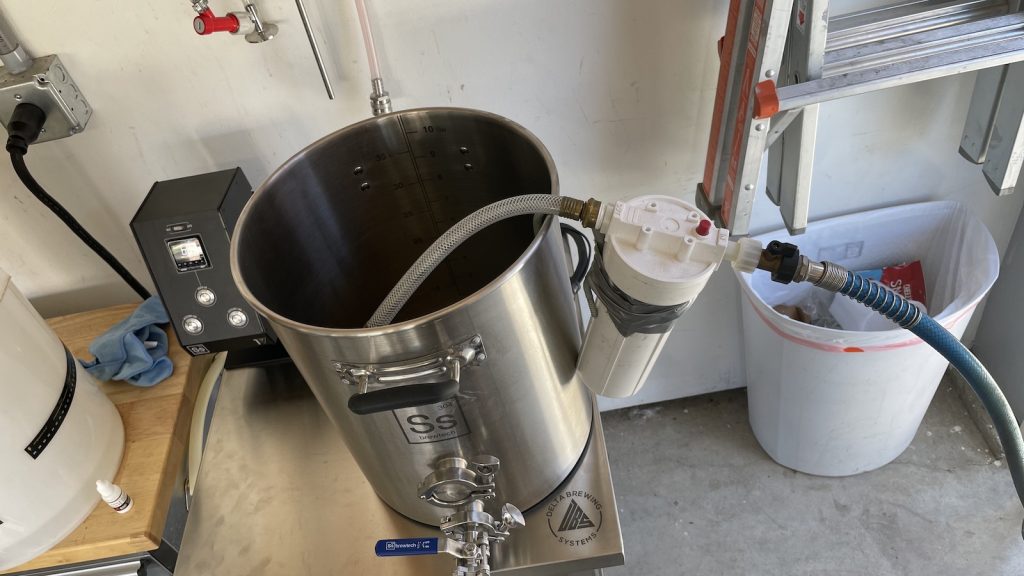
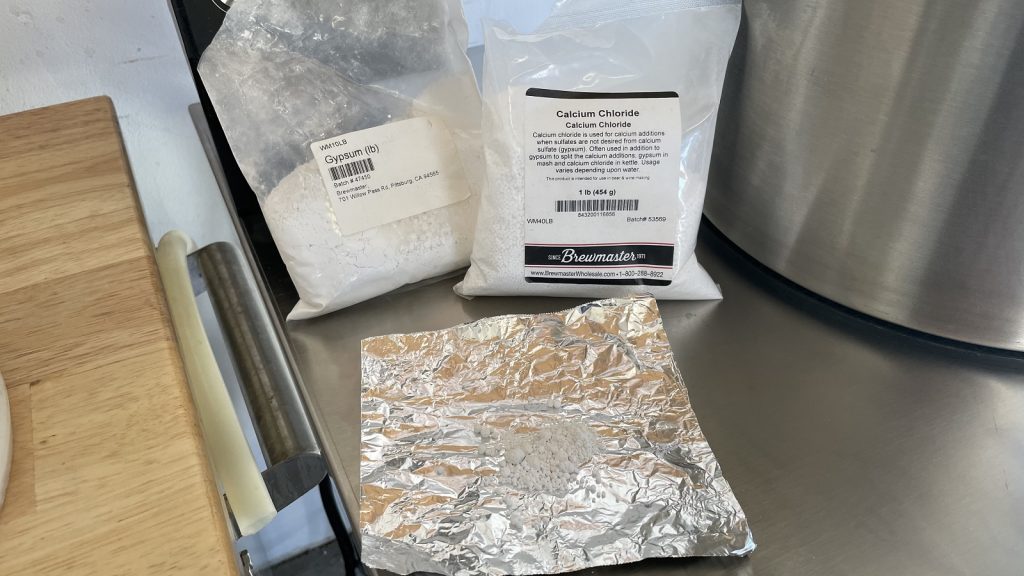
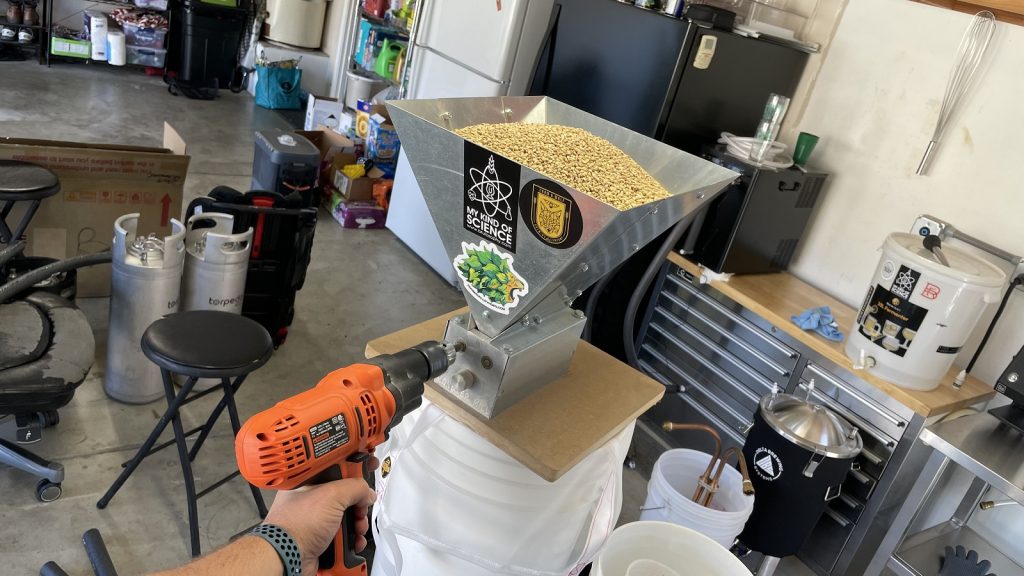
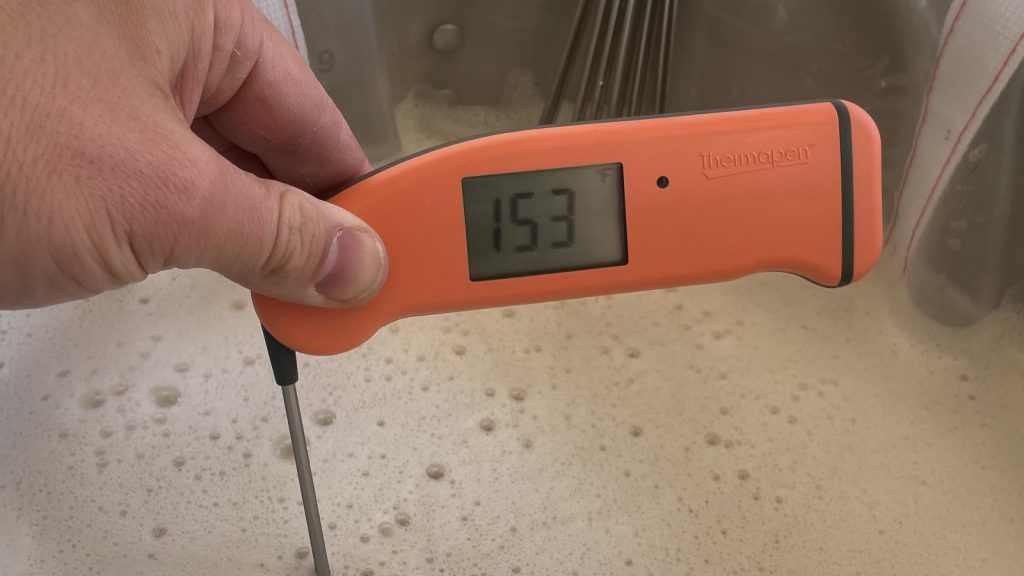
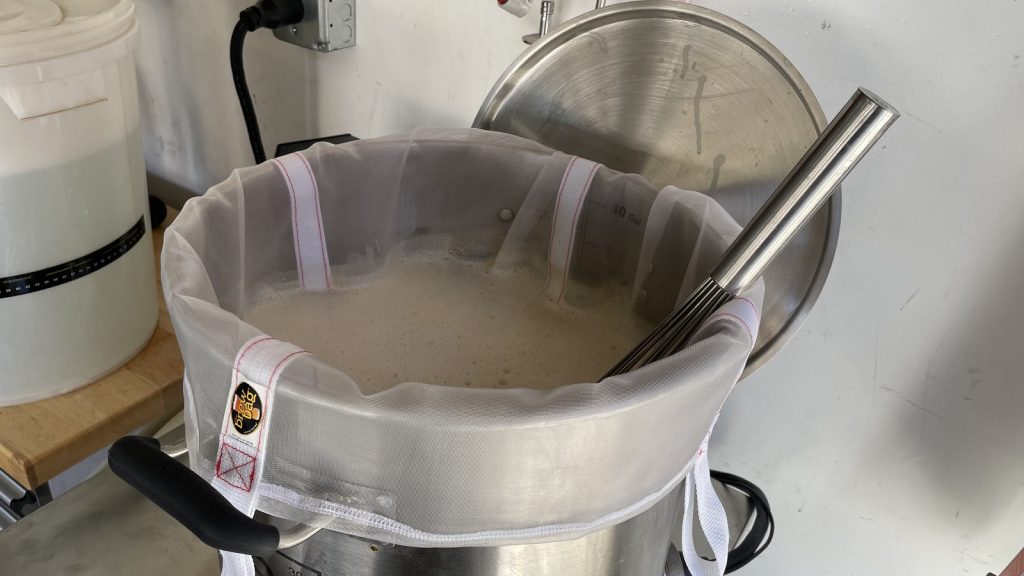
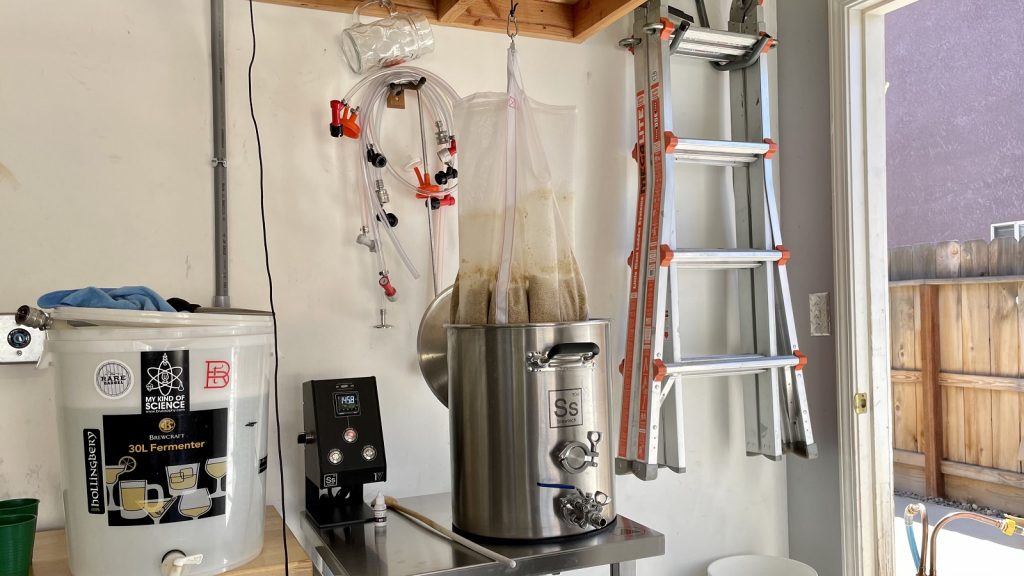
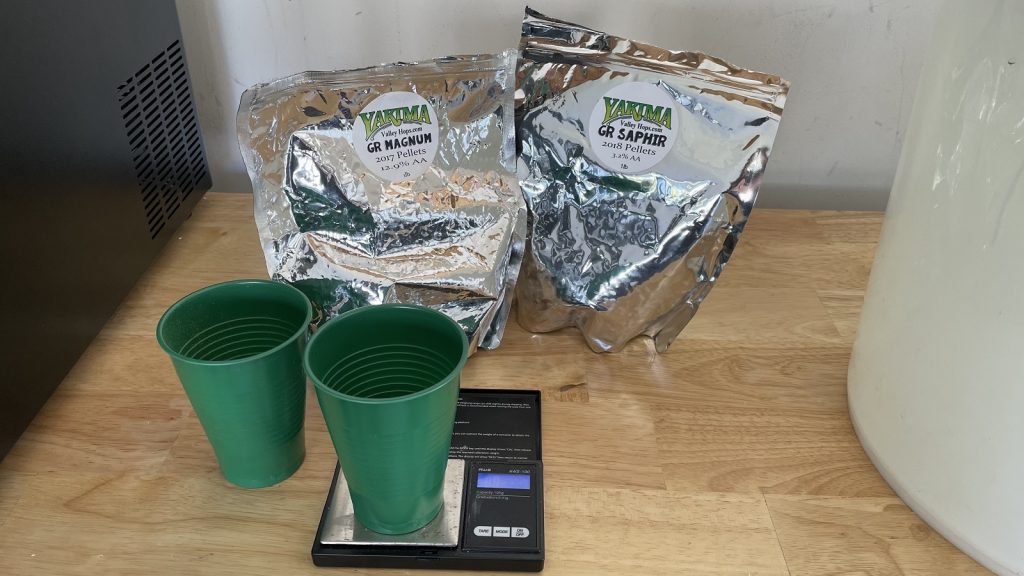
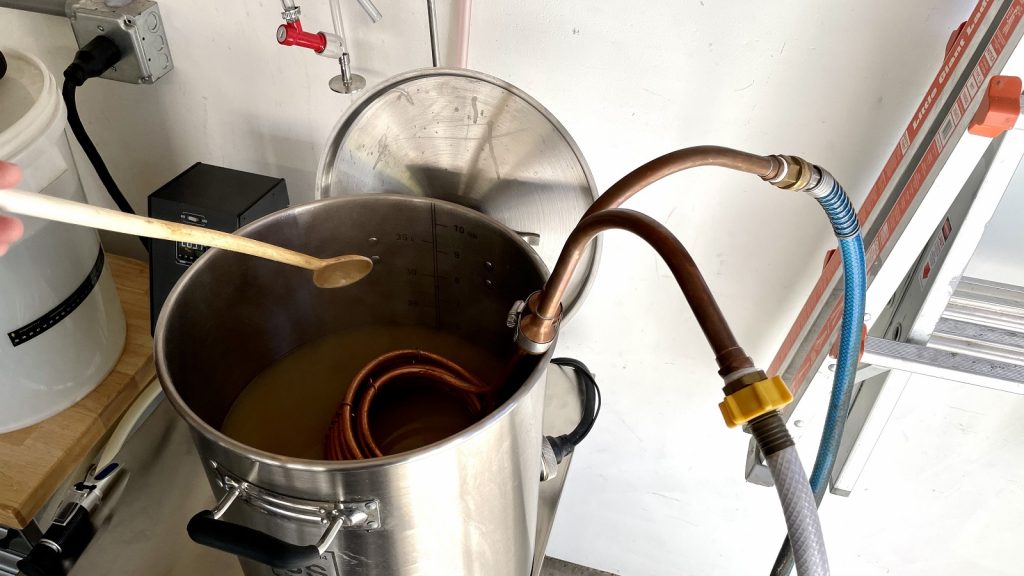
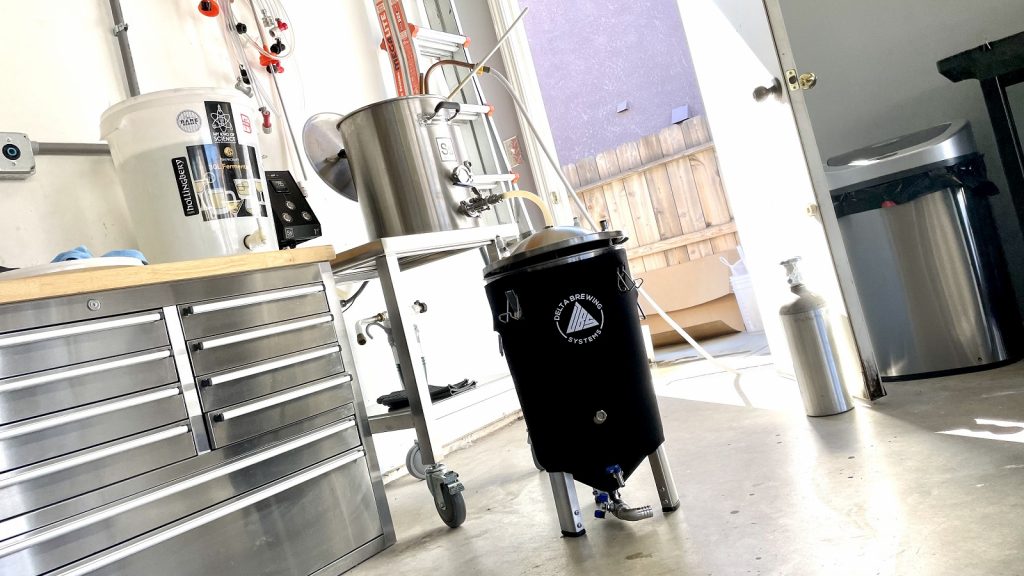
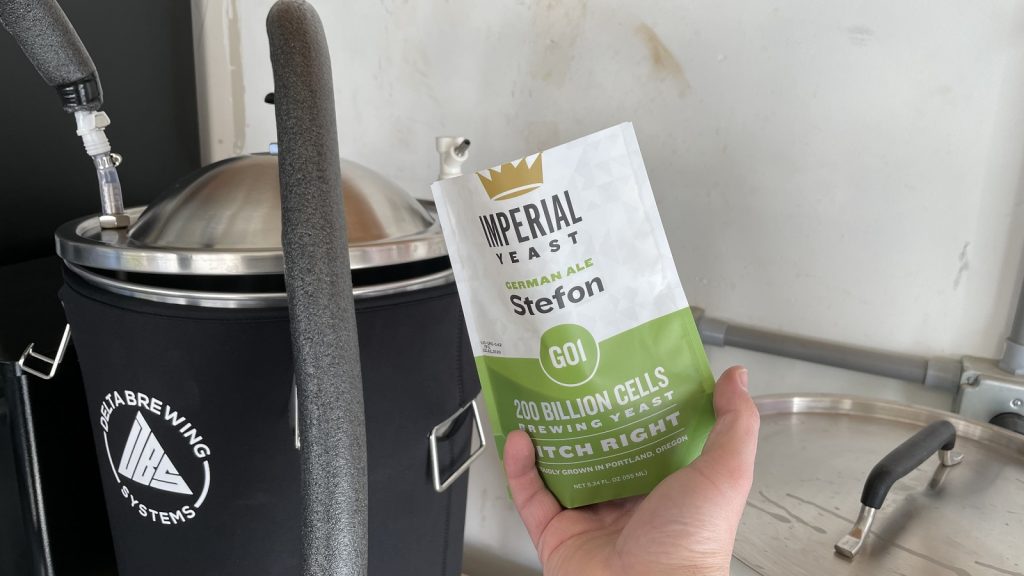
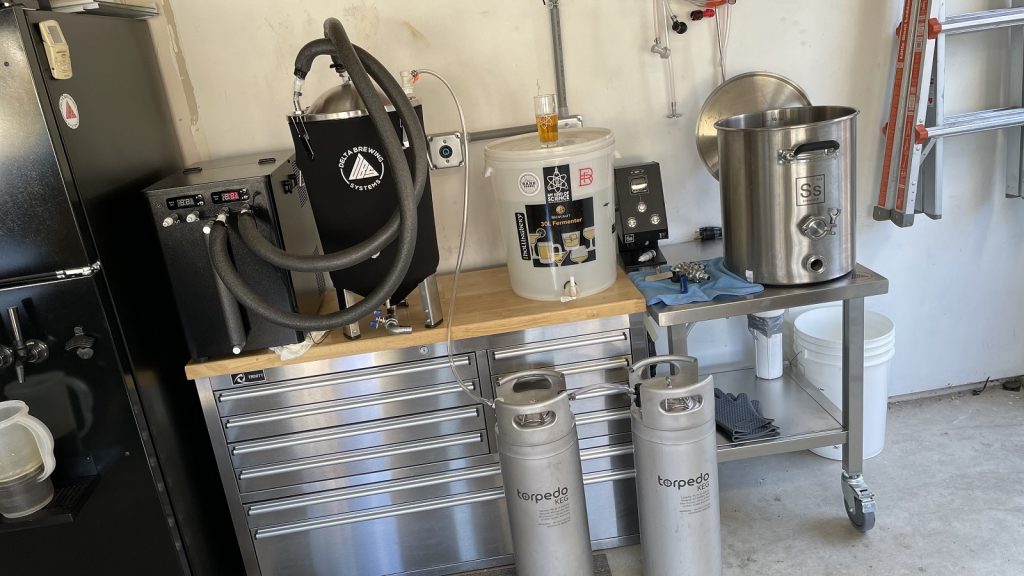
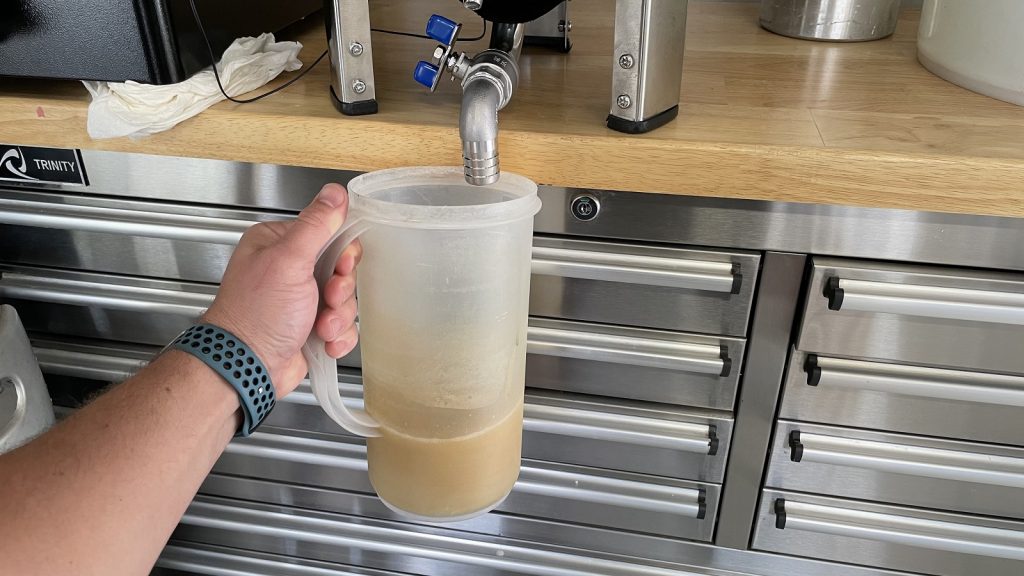
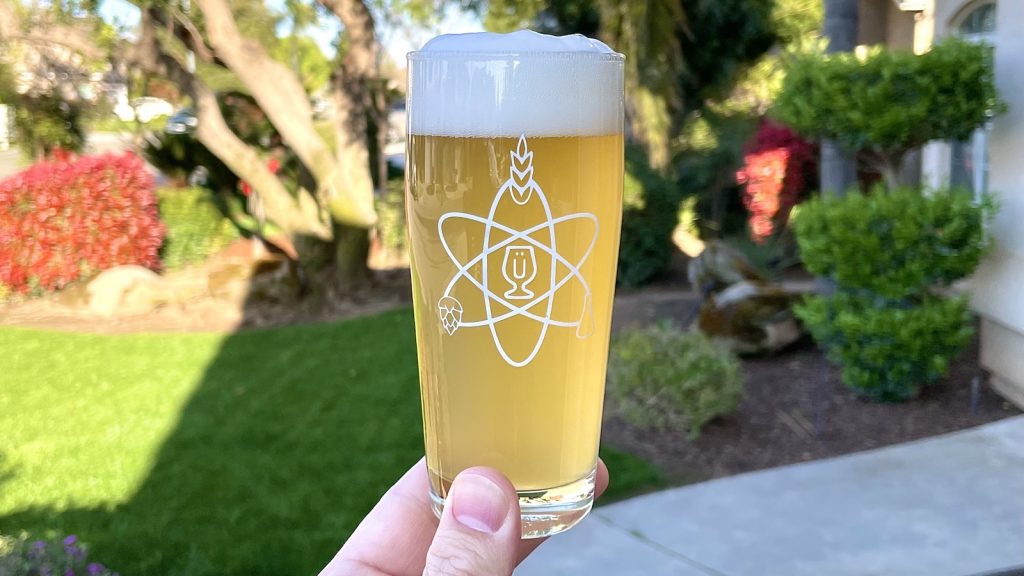
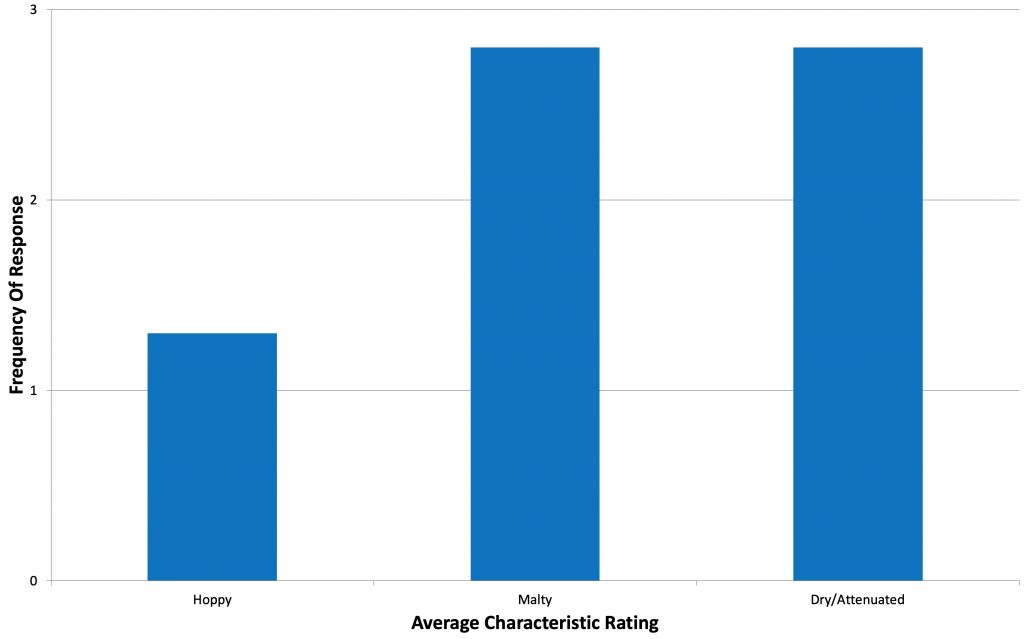
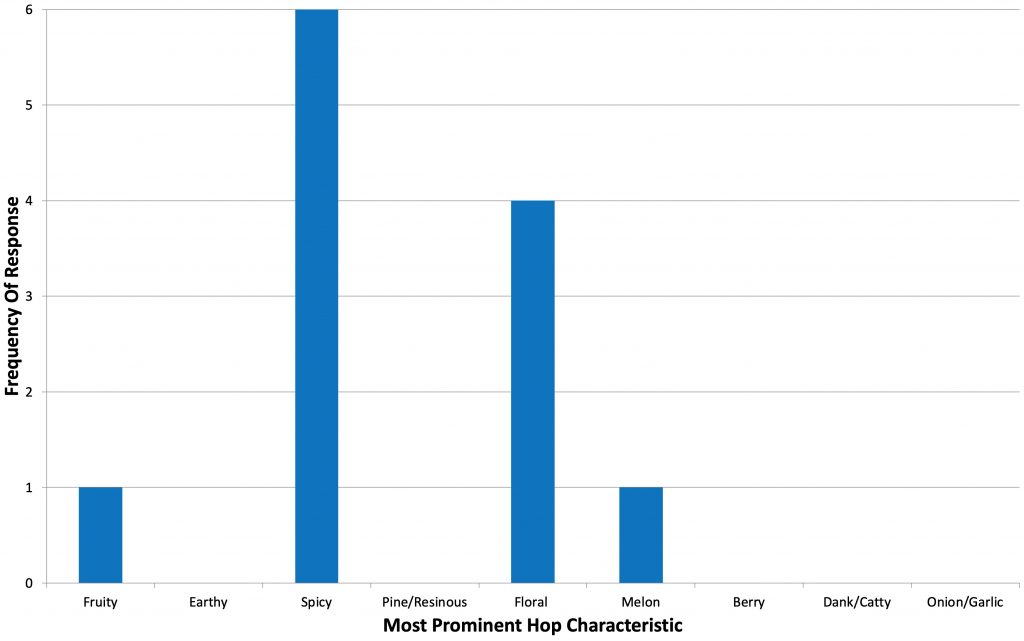
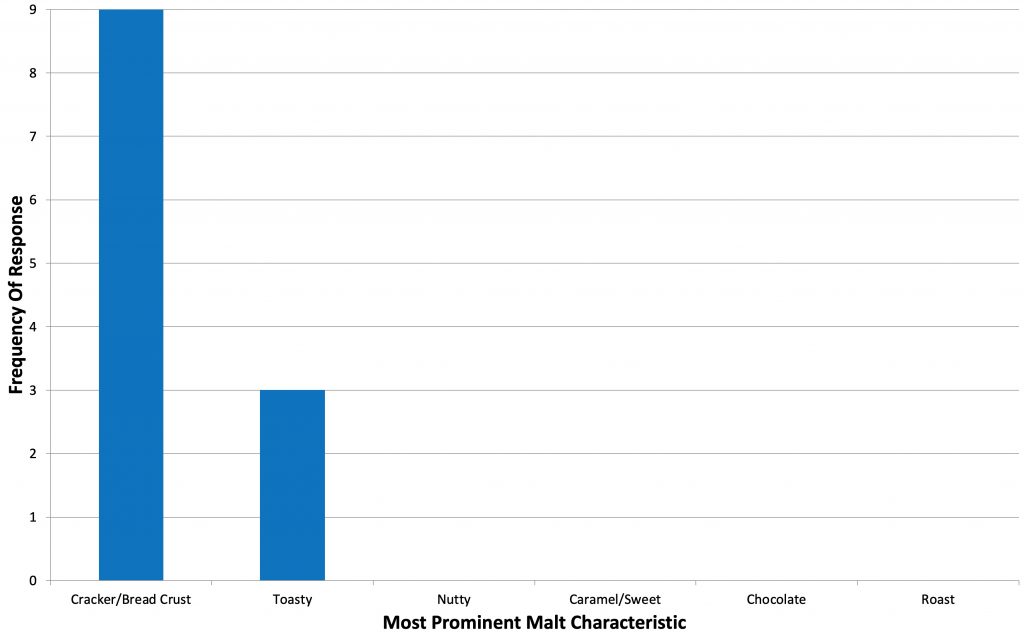
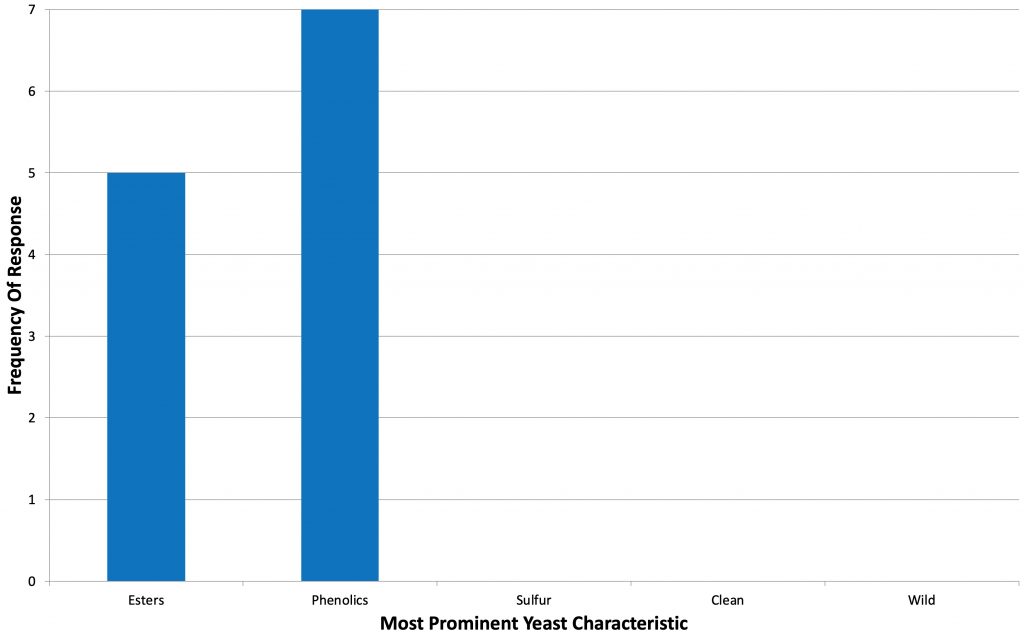
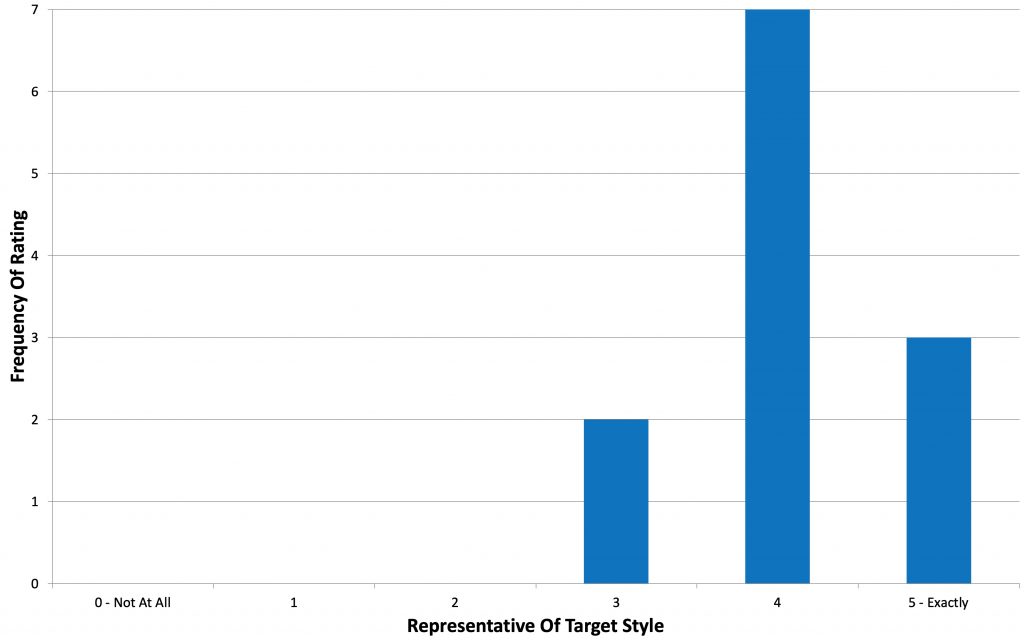
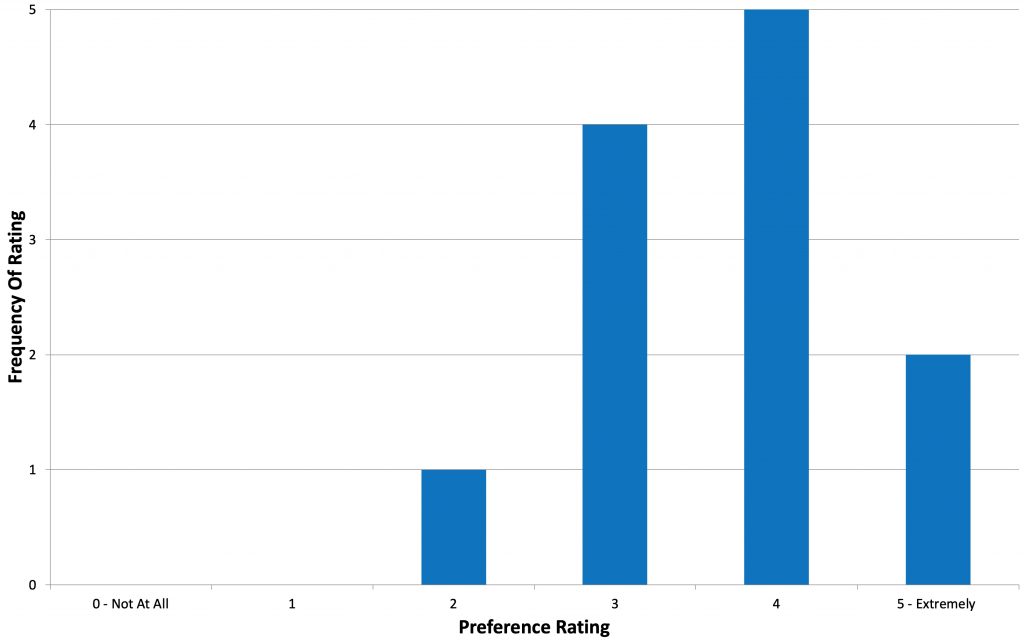











9 thoughts on “Short & Shoddy | Weissbier #2”
Hi Marshall thank you for showing a quick way to get a Weissbier on tap. With COVID restrictions in place in my area, my beers will definitely be lingering around longer than usual. I’m curious if you noted any flavour changes as the beer aged, as I’d like to put it on one of my three taps by the pool. Thanks for any info!
I didn’t, it was good for the month it was around.
I like that you brewed a style I’ve heard you talk about not being found of. I have tried to brew a traditional wheat beer a few times now. Each time missing the mark. I quite enjoy the style but haven’t had a good one since I found some fresh Franziskaner on tap at a World of Beer year’s ago. Maybe I’ll give it another go this summer. Thanks for the inspiration.
I was looking into this recipe and the recipe doesn’t match the photos. In the recipe you state you used Tettnang but, the photo you provided shows Saphir. Looking at several hop substitution charts, none state that Saphir is a suitable substitution for Tettnang. Can you clarify which one was used? Thanks
I think you have a math error (or typo) in your brew day time. 1:05 seems ludicrously fast.
Derp. Fixed.
Would love to see you repeat this but split it between a keg and bottle condition.
Mangrove Jack’s M20 is also a beast of a yeast for brewing a weizen. No influence of temperature, always gives that clove taste. Fermented in spring 2020 one in a rather warm room, fastest beer I ever made, bottled after a week and tasted a week later. Only one test remaining: brew with underpitching to see if it develops banana.
Fun fact, the artificial banana flavor is actually what a Gros Michel banana tastes like.